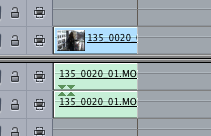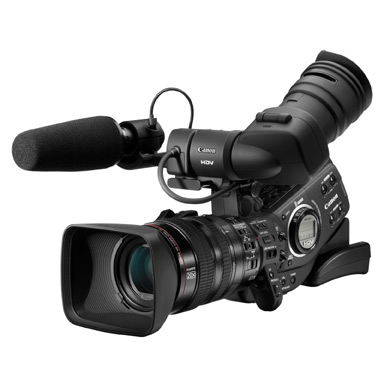Collateral
Micheal Mann 2004
The plot of Collateral is simply based on the protagonist versus the hero. Jamie Foxx who plays the hero in Collateral is forced to drive around 'The Badie" played by Tom Cruise in a his taxi as he goes on some sort of murder spree.
Collateral is a typical thriller/action because it involves the 'good' person and the 'bad' person. Most action thriller films include these to highlight the main storyline.
Action films have to be full of suspense right from the beginning including fast paced camera action.
Many close ups as well as wide shots are used to show in detail the characters facial expression in order for the viewer to recognise their emotion.
It also builds tension between the characters. the wide shots are used to establish the scene to show the viewer exactly where they are in in this case the film Collateral is shot in Los Angeles which is known to the viewers to be one of the busiest cities in the US.
The film begins with Vincent bumping into a man in the station where the bags are swapped and he picks up the one containing vital information in order to begin his duties. Straight away the audience is aware that Vincent is going to play one of the main characters. The unusual 'accidental' bump mirrors the unusual scenes that take place throughout the film.
Vincent then steps outside of the airport to wave a cab but in the beginning Max (Foxx) doesn't pay any attention to him until he waves for another cab, so he decides to call him back. Now the two main characters meet as the audience we know that the action is going to take place from their first account. Random chance maybe?
Collateral is filled with bloody scenes and Vincent makes those scene of killing seem very robotic and effortless. As the audience I adore Vincent's cunning attitude throughout and when he is killed of at the end by Max, I feel a sympathetic emotion to his character. action thrillers make you question whether the 'badies' deserve a second chance.
Fast paced movements and sounds of gunshots through out make this film an interesting film to watch that keeps you of the edge of yourself the entire time.


































